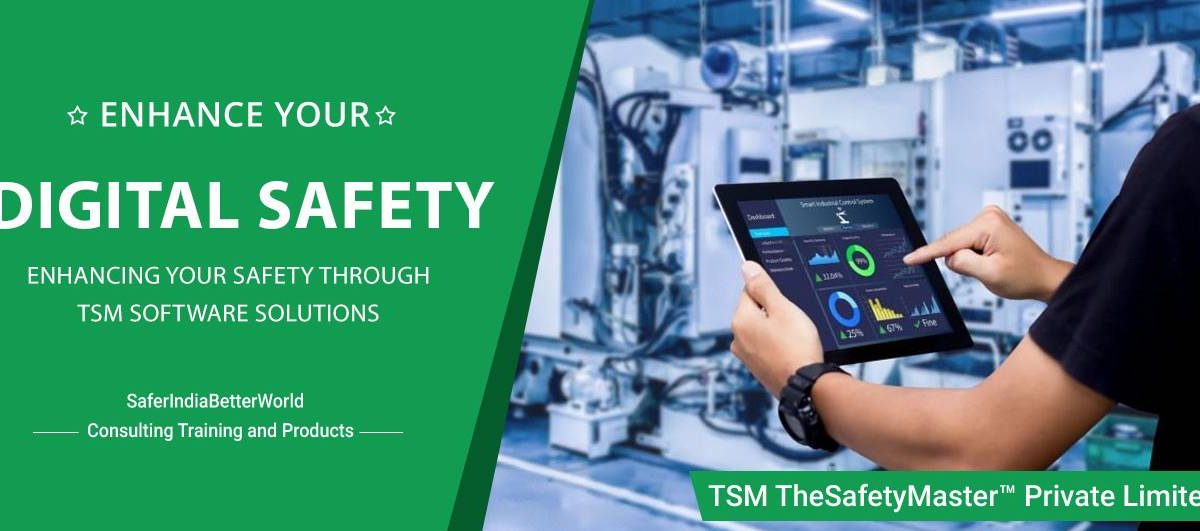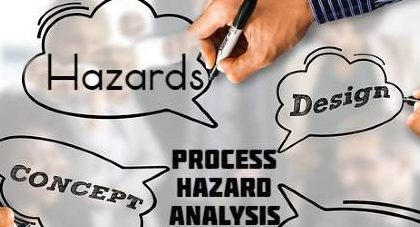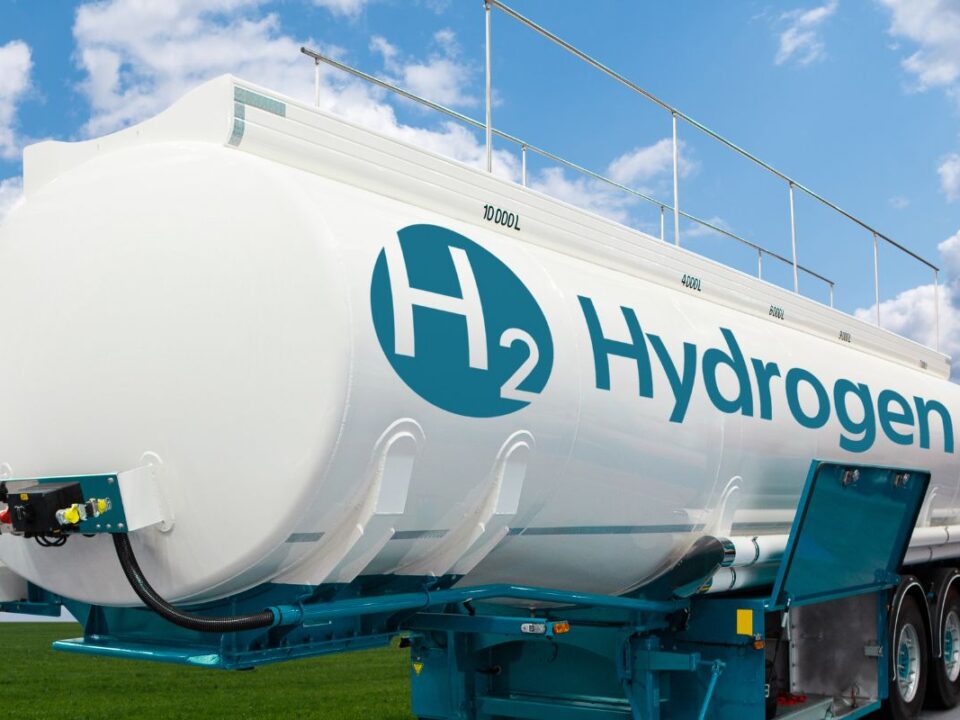Process Hazard Analysis Training – The Safety Master

Excavation and Trenching Safety
June 22, 2024
Implementing ISO 45001 or ISO 14001: The Safety Master Approach
June 26, 2024In the realm of industrial safety, Process Hazard Analysis (PHA) stands as a critical component in identifying and mitigating risks associated with complex operations. At The Safety Master, we provide comprehensive Process Hazard Analysis Training designed to equip professionals with the knowledge and skills necessary to conduct thorough and effective PHAs.
Understanding Process Hazard Analysis (PHA)
Process Hazard Analysis (PHA) is a systematic approach used to identify and evaluate potential hazards associated with industrial processes. This methodology aims to prevent accidents by analyzing possible failure points and implementing measures to control or eliminate risks. PHA is crucial in industries such as chemical manufacturing, oil and gas, pharmaceuticals, and any sector where hazardous materials are handled.
Importance of Process Hazard Analysis Training
Effective Process Hazard Analysis Training is vital for ensuring the safety and efficiency of industrial operations. By training employees in PHA, organizations can:
- Enhance safety: Proper PHA training helps in identifying potential hazards before they cause accidents, thereby improving workplace safety.
- Improve compliance: Adhering to regulatory standards is crucial. PHA training ensures that employees are well-versed in compliance requirements.
- Increase efficiency: Identifying and mitigating risks early can prevent costly downtime and improve overall operational efficiency.
- Boost employee confidence: Well-trained employees are more confident in their ability to manage risks and respond to emergencies.
Key Components of Process Hazard Analysis Training
At The Safety Master, our Process Hazard Analysis Training program covers several essential components to ensure a comprehensive understanding of PHA methodologies.
1. Introduction to PHA
The training begins with an overview of Process Hazard Analysis (PHA), including its purpose, importance, and the regulatory framework governing its implementation. Participants learn about the different types of PHA methods, such as HAZOP (Hazard and Operability Study), What-If Analysis, and Fault Tree Analysis.
2. Identifying Hazards
A critical part of Process Hazard Analysis Training is teaching participants how to identify potential hazards in their processes. This includes understanding the various sources of hazards, such as equipment failure, human error, and external events.
Subheading: Identifying Process Hazards with HAZOP
The HAZOP method is extensively covered, enabling participants to systematically review process steps and identify deviations that could lead to hazardous events. This approach helps in pinpointing weaknesses and developing strategies to mitigate risks.
3. Risk Assessment and Management
Once hazards are identified, the next step in Process Hazard Analysis Training is assessing and managing these risks. Participants learn how to:
- Evaluate the likelihood and severity of potential hazardous events.
- Prioritize risks based on their potential impact on safety and operations.
- Develop risk management plans to control or eliminate identified hazards.
Subheading: Effective Risk Management Strategies
Our training emphasizes the importance of creating robust risk management plans that include preventive measures, emergency response procedures, and continuous monitoring.
4. Implementing Safety Measures
The implementation of safety measures is a crucial aspect of Process Hazard Analysis Training. Participants are trained to:
- Design and implement safety systems such as alarms, shutdown procedures, and protective equipment.
- Conduct regular safety audits to ensure the effectiveness of implemented measures.
- Integrate safety practices into daily operations to maintain a culture of safety.
Subheading: Safety Systems and Regular Audits
Regular audits and safety systems are essential for maintaining continuous improvement and ensuring that all measures are effective and up to date.
5. Documentation and Reporting
Proper documentation and reporting are integral parts of Process Hazard Analysis Training. This includes:
- Recording all findings from PHA sessions.
- Maintaining detailed reports on identified hazards and implemented safety measures.
- Ensuring documentation is accessible and understandable for all stakeholders.
Subheading: Comprehensive Documentation Practices
Our training provides guidelines on how to create clear and comprehensive documentation that supports ongoing safety and regulatory compliance.
Benefits of Choosing The Safety Master for PHA Training
At The Safety Master, we pride ourselves on offering top-notch Process Hazard Analysis Training that is tailored to meet the specific needs of your organization. Our training programs are:
- Led by industry experts with extensive experience in process safety and hazard analysis.
- Customized to your industry and operational requirements.
- Interactive and practical, providing hands-on experience and real-world examples.
- Compliant with global standards, ensuring your training aligns with the latest regulatory requirements.
Conclusion
Investing in Process Hazard Analysis Training is a proactive step towards ensuring the safety and efficiency of your industrial operations. By partnering with The Safety Master, you gain access to expert knowledge, practical skills, and a commitment to excellence that will help you mitigate risks and enhance your safety culture.
Contact us today to learn more about our Process Hazard Analysis Training programs and how we can help you achieve your safety goals.
4o




